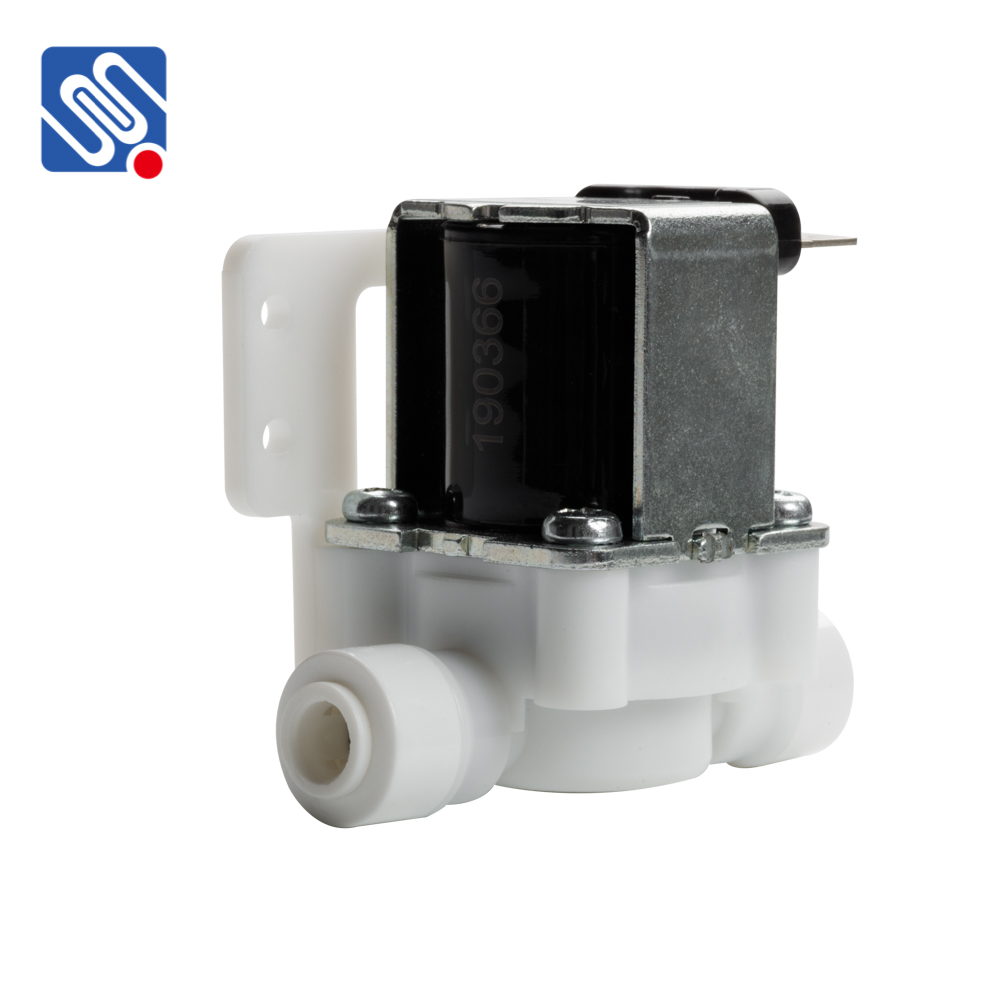Reverse Osmosis (RO) technology is widely used in water purification systems to produce clean, safe drinking water by removing impurities, contaminants, and dissolved salts. One of the key components that make an RO system function efficiently is the Reverse Osmosis Solenoid Valve. This valve plays a critical role in regulating water flow, ensuring the proper operation of the system. In this article, we will explore the function, significance, and types of reverse osmosis solenoid valves, and how they contribute to the overall performance of water filtration systems.

What is a Reverse Osmosis Solenoid Valve? A Reverse Osmosis Solenoid Valve is an electrically controlled valve that operates in response to signals from the RO system. It is designed to control the flow of water into and out of the system. The solenoid valve consists of an electromagnet (solenoid) that, when energized, creates a magnetic field, which in turn causes the valve to open or close. When de-energized, the valve remains in its default position (usually closed), preventing water from entering or exiting the system. The purpose of the solenoid valve in an RO system is to manage the water flow effectively, ensuring that the filtration process runs smoothly, efficiently, and without unnecessary water wastage. These valves are commonly used in reverse osmosis water filters, deionization systems, and other water treatment applications.